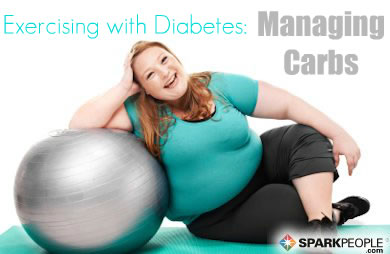|
In a few short weeks, we will take our oldest child to settle in for her first year of college. After a few tears from her father and I and possibly a few cheers from her, she will on her own and faced with many choices including what to eat and how to stay fit. Growing up as the child of a nutrition professional, she knows the basics of meal planning. Growing up with parents that have set an example for the importance of fitness for health, she knows the basics of a successful fitness plan. Regular fitness can easily work into her daily choices since she will need to walk or bike to and from classes each day, but what about meals. Although studies have shown providing nutrition information doesn't always alter college students unhealthy food choices, new students don't have to settle for the dreaded "Freshman 15" while adjusting to college living. Here are four basic strategies to help students eat healthy away from home. Continue to follow healthy eating guidelines. For many college students eating in the dorm is like eating at a restaurant every meal, every day. There will likely be healthy options available right next to the unhealthy ones they are drawn towards. Students can probably find a fresh apple next to the apple pie for dessert or the whole grain cereal in the shorter line next to the popular frosted loops. There will be regular meal times with tempting teen favorites like bacon, hamburgers with fries and pizza along with mid-day and evening snack options that provide calorie rich but nutrient poor treats. Those students that can continue to follow healthy eating principles will be more successful at limiting the weight gain than those that go crazy eating high calorie, high fat, or high sugar favorites. Getting up in time to eat a healthy breakfast will also get you started on the right foot for a successful day study and is a great habit to establish from day one. Incorporating the new MyPlate guidelines when selecting meals will encourage fruits and vegetables as well as a focus on whole food choices over convenience options. Portion control is more important than ever. Portion distortion is a problem for many people but especially for teens that grew up in a super-sized world. Being able to look at meals and estimate calories can be as important a skill to learn as conjugating a verb or solving for x. Students preparing to head off to college can use the next several weeks to learn portion size cues that will help them make great portion selections starting their first day. When in doubt, turn to a 'Go-To' meal. In the home, Go-To Meals allow you to put in minimal effort while maximizing taste and nutritional value. In the dorm cafeteria, they can be the choices with nutritional and caloric content you can count on when you cannot with the other options. Most cafeterias will always have peanut butter and jelly available. Select the right portion size of peanut butter with a small smear of jelly and whole wheat bread and you have an easy to track, nutrient rich option any time of day. Oatmeal is a great 'go-to' for breakfast but may be available throughout the day. This fiber rich option can be a quick and easy anytime choice especially if you are in an apartment and responsible for your own meals and snacks. Countless "Go-To" Meal options can help keep you on track and nutrient wise. As you settle in at college, create three to five options based on what you find regularly available that you can rely on in a pinch. If you must snack, do so wisely. There is nothing inherently wrong with snacking especially if you do it with a healthy strategy in mind. In fact, snacking might be the missing ingredient that will help you reach and maintain a healthy weight. There is definitely a wrong way and a right way to snack. Unfortunately, in college the sugary items like candy and soda, high fat items like French fries or convenient but highly processed snack packs win out over fresh fruits and vegetables, nuts or dried fruits. More and more colleges are seeking to offer healthier options around the clock so look for items like yogurt, fruit smoothies, raisins, pretzel sticks, nut packages in addition to fresh fruit and vegetable options when you need to grab a pick me up to get you through your late afternoon class or late night studying. Going to college is a big change in life. Keeping a focus on health will help you get started on the right foot. Since it’s much easier to prevent extra pounds than losing the excess weight later, having a healthy eating strategy for success will be an important key to weight and health achievement. What eating strategies do you wish you had followed when you started out on your own? |
More From SparkPeople
|

%20(1).png)













